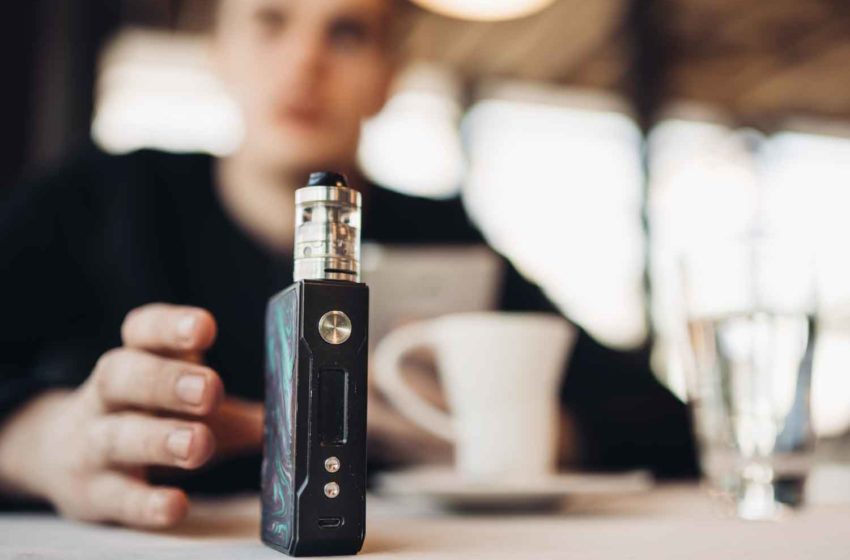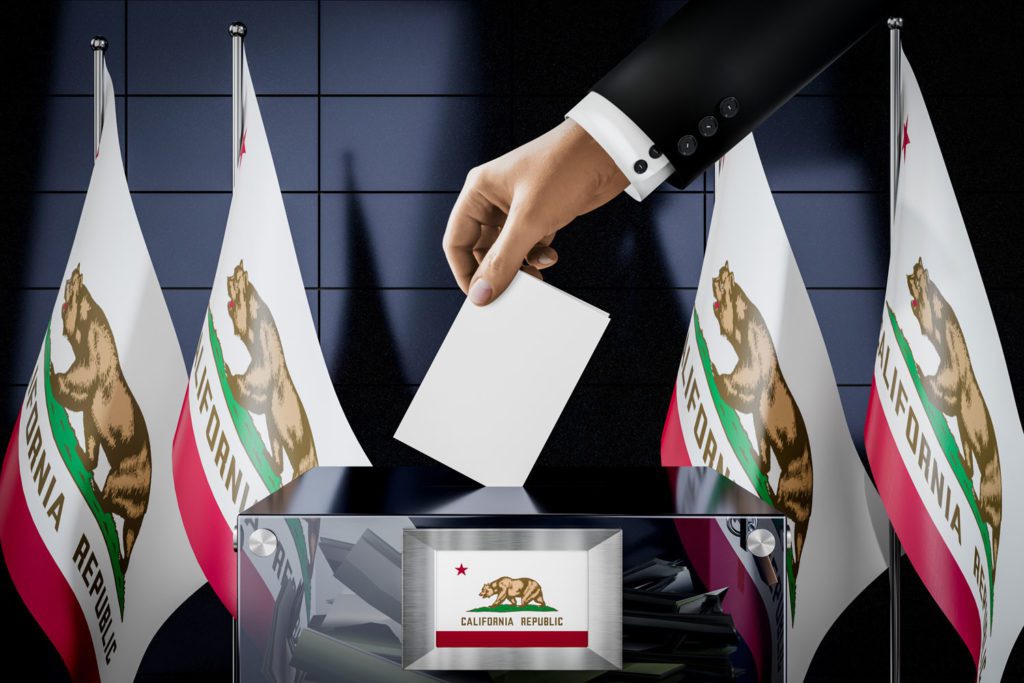The U.S. Supreme Court on Dec. 12 refused to block California’s ban on flavored tobacco, clearing the way for the law to take effect next week, reports The New York Times. Consistent with its practice when ruling on emergency applications, the court gave no reason for its decision.
Originally passed by lawmakers in 2020, California’s flavor ban was put on hold after opponents gathered enough signatures to force a referendum on the measure.
After Californians voted to uphold the law on Nov. 8, tobacco companies challenged it in court, arguing that only the federal government can ban tobacco flavors, as the Family Smoking Prevention and Tobacco Control Act gives the U.S. Food and Drug Administration authority to regulate tobacco.
State officials responded that the federal law was meant to preserve the longstanding power of state and local authorities to regulate tobacco products and to ban their sale.
The tobacco companies also argued that they would suffer “irreparable harm” from being shut out of one of the country’s largest markets. Small retailers, they argued, would potentially have to lay off employees and close. The plaintiffs further noted that menthol cigarettes make up about a third of the cigarette market and are disproportionally smoked by people of color, suggesting that that group would suffer disproportionally from a flavor ban.
In their Supreme Court brief, state officials urged the justices not to delay the law any longer. “The unsuccessful referendum campaign has already delayed the implementation” of the law for nearly two years, they wrote, “allowing children and teenagers across the state to be initiated into the deadly habit of tobacco use via flavored tobacco products throughout that period.”
Previously, the 9th Circuit Court of Appeals denied the tobacco companies’ request to block the law pending appeal.
Industry critics welcomed the Supreme Court ruling. “The tobacco companies’ battle against the California law shows once again that they haven’t changed and are lying when they claim to care about anything other than their bottom line,” said Matthew L. Myers, president of the Campaign for Tobacco-Free Kids, in a statement.
The California flavor ban applies to flavored e-cigarettes, menthol cigarettes and flavored cigars but exempts loose-leaf tobacco, premium cigars and shisha tobacco.
The state joins Massachusetts and the District of Columbia in ending the sale of flavored tobacco products, including flavored e-cigarettes, menthol cigarettes and flavored cigars. Three other states—New Jersey, New York and Rhode Island—prohibit the sale of flavored e-cigarettes. With local laws included, 25 percent of the U.S. population will now be covered by laws ending the sale of flavored e-cigarettes.





















